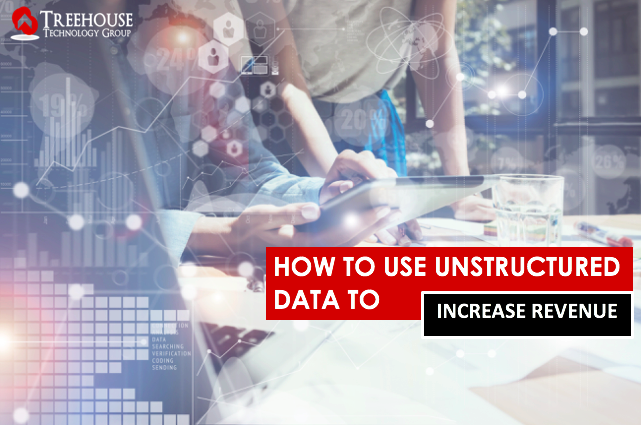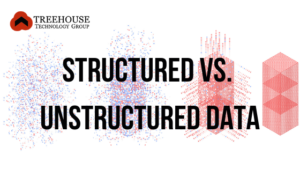We all know how valuable data has become in our technology-driven world. Even if you’re not a business professional, chances are you’ve heard how important it is for organizations to take advantage of their data.
When we think of data, though, we tend to think about it in terms of information that can be easily classified and organized. Customer records, for instance, contain clearly defined information, such as names, addresses, phone numbers, etc. that can be easily entered, stored, queried and analyzed.
This “structured” data has proven to help organizations gain valuable insights that lead to increased efficiencies, cost-saving metrics and better decision making across a department or enterprise.
But, structured data is only half of the whole data picture. There’s also unstructured data – what we hear less about, but what many data experts agree is equally valuable if harnessed properly.
What is Unstructured Data?
Unstructured data is, simply put, information that cannot be easily classified or organized – i.e. social media posts, images, videos, PDF files, PowerPoint presentations, emails, blog entries, call center logs, customer reviews, etc.
Unlike structured data, unstructured data has no pre-defined data model, making it difficult to search, synthesize and analyze.
But considering that unstructured data makes up 80 percent of enterprise data – and is growing at a rate of 55 percent and 65 percent per year – companies who are not utilizing unstructured data are missing an opportunity to derive even greater business intelligence.
In fact, companies reporting frequent use of unstructured data have noted several key benefits, such as greater accuracy of data analysis, increased operating profit, and greater organic revenue growth. Furthermore, companies utilizing unstructured data reported a higher percentage (90%) of complete data records and a reduction in time spent searching for data.
So How Should We Use Unstructured Data?
The key to using unstructured data is to integrate it with existing structured data in a way that makes the most sense for your company. Just like with structured data, companies need to have an organizational strategy behind their collection of unstructured data. In other words, simply collecting vast amounts of unstructured data from multiple sources won’t derive insights. Rather, companies need to hone in on the type of unstructured data that best aligns with their business goals.
For example, if the goal is to improve a product or customer service, companies will want to pay particular attention to data coming from user generated sources, such as social media platforms, which will enable them to track customer sentiment.
This process is often a lot easier said than done. But there are numerous search, text analytics, visualizations and ETL tools available to help companies mine their unstructured data and integrate it with their existing structured data.
As a report on unstructured data from Deloitte notes, “…recent advances in computer vision, pattern recognition, and cognitive analytics are making it possible for companies to shine a light on these untapped sources and derive insights that lead to better experiences and decision making across the business.”
It is only when structured and unstructured data are mined together that companies can get a more complete, 360-degree view of their customers, products, services and business in general. Companies focusing solely on structured data are missing half the picture.
While investing in unstructured data requires a significant commitment, the benefits – including deeper business insights, cost reductions and increased revenue – are well worth the effort.
Not sure how to get started with your unstructured data? Contact TTG for a free consultation today.



